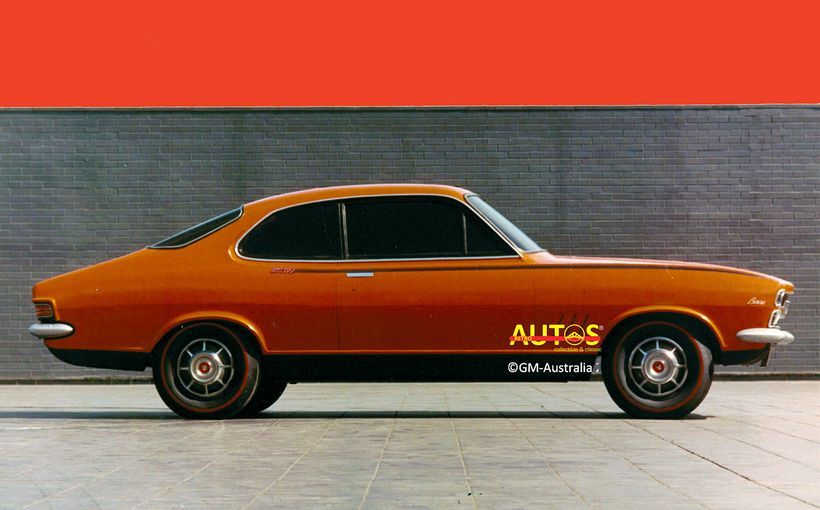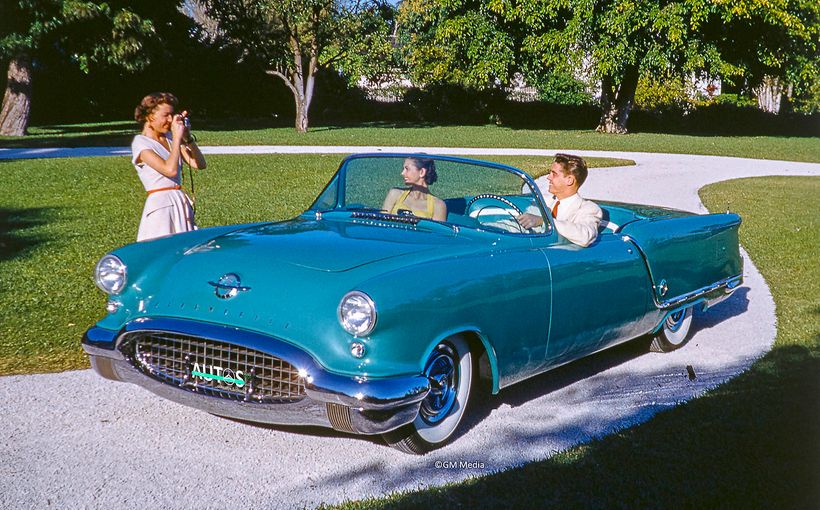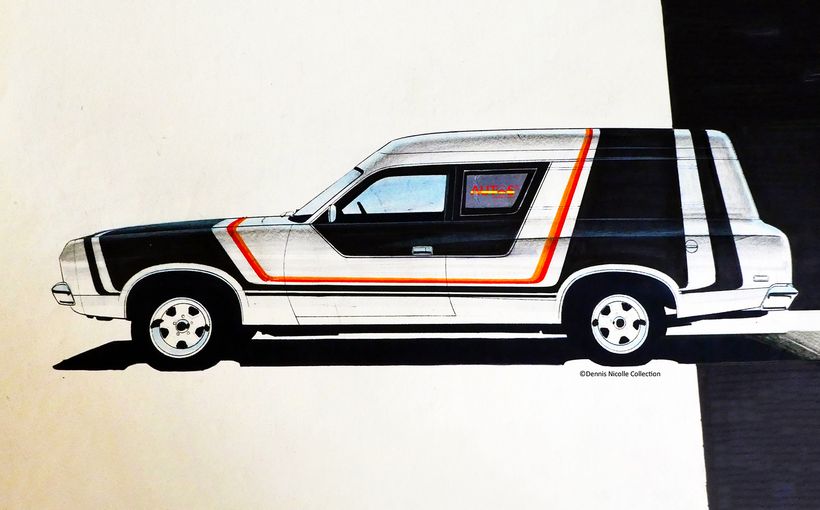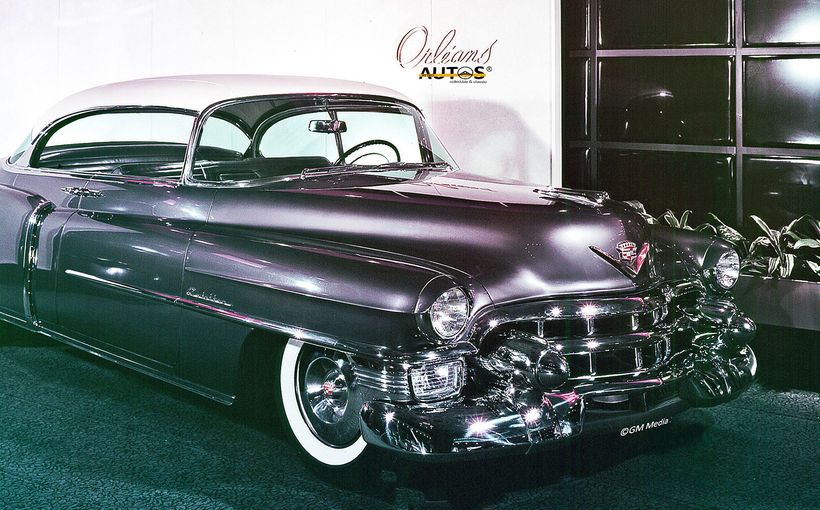
1962 was a memorable year in the automotive industry.
In previous editions of Retroautos I showcased the 60th anniversary of the R&S Valiant, the Austin Freeway/Wolseley 24-80, EJ Holden, XL Falcon and Zephyr MkIII. All were vying for the attention of the Australian family car buyer. The most recent edition put the spotlight on the 60th anniversary of Carroll Shelby’s legendary AC Cobra.
This time I take a wide look across the world and select some memorable models that made their first appearance 60 years ago. Most are “All-New”. Oh yes, 1962 was a very busy and big year!
Chrysler’s “S” cars: Downsize disaster
One of the industry’s biggest ever mistakes happened in 1962 when Chrysler shrank its large cars based on the snippet of an overheard conversation that Chevrolet was downsizing for 1962. Trouble was, the conversation was about the Chevy II/Nova. Just why Chrysler’s senior executives never asked the obvious question “hold on a minute, can we check if this rumour is true before we make a decision?” has never been answered.


Buyer reaction to smaller cars was brutal. Plymouth sales dropped 20% and Dodge’s plummeted 33% compared to 1960. Another problem was that the ‘62s looked like the two-year-old smaller Valiant, some of which were already in used car lots.
You can read my in-depth analysis of this debacle in a previous Retroautos, along with exclusive images of the “S” cars Chrysler was planning for 1962. There is a link at the end of this story.


Morris Major Elite: Ahead of its time?
One of the most overlooked cars in Australia is the Elite. By combining the all-Australian Morris Major and Austin Lancer into one model and giving it a 1.6 litre engine, BMC Australia created a powerful mid-sized car that was immediately popular. In 1964 the Elite had to make way for the Morris 1100. In 1968 Datsun would mirror the Elite’s dimensions and engine size with its worldwide success, the Datsun 1600.


Morris 1100: Floating on fluid

Much has been written about the Pininfarina styled 1100. What I never understood was why it was not a hatchback from day one. Even so, BMC sold 2.3 million of them.

R8: COTY winning Renault
In 1962 Renault was still pursuing a rear engine arrangement with its new R8 sedan, despite having released the front drive R4 hatchback a year earlier. The R8 boasted four-wheel disc brakes and a one litre engine. It was awarded the first Wheels Car of the Year. R8s were assembled locally at the Continental and General Distributors factory in West Heidelberg, Victoria.

MGB and MG 1100: What a contrast!

The MGB became the ubiquitous 1960s open top affordable sports car whose story has been told and retold countless times. Meanwhile, the MG 1100 was a Morris 1100 with an MG grille and an extra carburettor. The MG Owners Club website provides an astute summary of the car.
“…there was a problem identifying which market MG were aiming at with literature and promotional films showing it as an ideal shopping car and at the other extreme, a car suitable for club racing, either way the car sold slowly with nearly 28,000 being sold over a period of 5 years.”

Triumph Spitfire: Underrated
Built on a shortened Herald chassis, the Spitfire was a response to the BMC’s Austin Healy Sprite/MG Midget twins. With styling by Michelotti, the car’s main market was the USA. I’ve heard the convertible roof described as a tent you had to build yourself.

Lotus Elan: Expensive
Colin Chapman’s road car, the Elan, had a steel backbone chassis, fibreglass body, Ford-based engine, four-wheel disc brakes, four speed gearbox, rack and pinion steering and independent suspension. Dr John Wright’s excellent Super Models story about the Elan is a must read. There’s a link at the end of this story. It was twice the price in 1962 of an MGB.

Mitsubishi Colt and Mazda Carol: Tiny cars, big aspirations


This year saw the first use of the Colt name on a Mitsubishi car. The engine was rear mounted, air cooled and 36 cubic inch/594cc in size. The doors were hinged on the centre pillar.
The Carol 360 was Mazda’s first four-passenger car. The tiny water cooled 358cc/22 cubic inch engine was located in the rear. It was one of the smallest motors ever used in a passenger car. The 360’s 117.7 inch/2990mm overall length was shorter than the wheelbase of the 1962 Ford Galaxie.
These cars established a foundation for both companies. During the next five years, they developed appealing cars which spearheaded export drives into the Australian and US markets.


Galaxie: Forgotten Ford


Here’s a completely forgotten big Ford. With an all-new body, the fourth major restyling in six years, Ford said farewell to the Fairlane nameplate for its full-sized cars. From now on the big Fords would be Galaxies. A mid-year addition to the options list was a 406 cubic inch 6.7 litres V8. With three dual barrel Hollies you got 405bhp/302kw and 0 to 60 mph in about 6.6 seconds. Wow!! Ford shifted 575,000 1962 Galaxies, making it the company’s third best big car seller of the 1960s and 1970s. Only 1963 and 1964 saw higher sales.

Chevy II/Nova: Late to the party
It took GM just eight weeks after the release of the Coravir to realise it had no chance against the simpler, more economical and much more popular Falcon. GM now had to play catch up. In just 20 months the Chevy II/Nova went from design to driveway. It is the car GM ought to have built instead of the Corvair.

Ford Fairlane: Intermediate pioneer


The 1962 Fairlane established the intermediate segment of the US market and made GM play catch up, again. Debuting with the new thin wall 221 cubic inch /3.6 litre V8, its storied name and sensible dimensions were appreciated by 297,000 buyers. A midyear addition was the 260 cubic inch/4.3 litre V8.
Ford in Australia released the “compact” Fairlane not long after its American debut. It attracted 1,623 buyers in 1962.
In the USA the Fairlane had a Mercury twin, the Meteor. It was a sales failure, as I explained in last month’s Retroautos feature about the Mercury Comet. See the link at the end of this story.

Pontiac Grand Prix: T-Bird fighter

Fed up with GM’s slow response to Ford’s Thunderbird, and missing out on winning the “competition” to develop what would become the 1963 Buick Riviera, Pontiac’s boss Semon “Bunkie” Knudsen fast tracked a program to create the division’s own personal luxury car, the Grand Prix.
Pontiac’s design chief, Jack Humbert, deleted almost all of the chrome trim from the Catalina hardtop coupe body to give the GP an understated elegance. The product planners loaded the car with the top-of-the-line Bonneville interior, bucket seats and a full-length centre consul with a tacho. Although the GP only went to 30,195 buyers in 1962 it established the model as a T-Bird competitor. The next year saw sales hit 70,000, 10% more than the T-Bird.

Gloria, Cedric and Crown: What’s in a name?

Prince, Datsun and Toyota all released re-styled big cars in 1962. The Prince Gloria and Toyota Crown were the most changed from previous models. Datsun’s Cedric was given a makeover by Pininfarina at the front end, with the four headlights transitioning from stacked to horizontal. The Crown was built by AMI in Australia from CKD kits. The significance of these cars is that they spearheaded their maker’s international aspirations, with styling, size and six cylinder engines that appealed to buyers in overseas markets, even if the names didn’t.


Ford P4 Taunus and Cortina MkI: Opposites


The P4 Taunus was launched two months before the Cortina, with front wheel drive and a V4 engine. It was originally to have been sold in the USA and Germany. But, US Ford boss, Lee Iaccoca, did not believe it had much potential and, in any case, he wanted the P4’s allocated production line capacity to be made available for his preferred project, the Mustang. So, the P4, or “Cardinal” as it was coded, was restricted to Germany. It sold an average of 150,000 units per year during its four-year model run.
Codenamed “Archbishop”, the Cortina MkI was built to a carefully managed cost regime and offered simple, reliable and spacious transport, which is why it was so popular right from the start. Like the 1962 Fairlane, Ford Australia ensured the Cortina was on sale not long after its home market release. Along with the XL Falcon and MkIII Zephyr, Ford had four “all-new” cars in the local market in 1962.


Mustang I: A legend begins
Had you been lucky enough to be at Watkins Glen Raceway in upstate New York, on Saturday 6th October, 1962 you might have seen Dan Gurney strap himself into a small open cockpit two-seater mid-engine sports car. Galloping horse badges were fixed discreetly on the car. Between the two seats was the word MUSTANG. You know the rest of the story.


Vauxhall PB Velox/Cresta: Victor look-a-like
The PB Velox/Cresta arrived in the UK in October 1962. In the same way that Chrysler used the design themes of the 1960 Valiant for its more expensive 1962 large cars, Vauxhall based the PB on the smaller and cheaper 1960 FB Victor. They even shared some door panels. Go figure.

Alfa Romeo Giulia: Carabinieri favourite
The Alfa Romeo Giulia sedan’s all-new styling enclosed a 1.6 litre twin OHC engine, standard radial tyres, a column gear shift and split bench seats. The styling was criticised on its release for reasons I’ve never understood. It may look boxy but the rounded edges and abrupt rear end allowed it to slide through the air with a low drag coefficient of 0.34. Dr John Wright covers the Giulia’s history in his Classic Garage story, which I’ve linked.

Opel Kadett A: Viva’s older sibling

Everyone remembers the 1963 Vauxhall HB Viva, and yet the Opel Kadett A, on which the Viva was based, is another forgotten car of 1962. The Kadett A was Opel’s belated return to the small car segment. Thanks to a master class in research by vauxpedia website owner, David Booker, we now know the long history of the Kadett A’s development. Some of its heritage relates to a front wheel drive small car program at GM in 1959, coded XP 714. Whilst the front drive was replaced by rear drive, the basic inner structure of XP 714 influenced the Kadett. Vauxhall then used the Kadett structure for the Viva. I’ve added a link to David’s in-depth XP 714/Kadett/Viva development story at the end of this story.


Glas 1004: Coulda been an Imp?
Hans Glas GmbH was building “bubble” cars in Dingolfing, Germany, when the Glas family decided that they’d be better off making a car that carried their name. Enter the rear-wheel-drive Glas 1004 coupe. The one litre engine had a rubber timing belt driving its overhead camshaft, which was a Glas innovation. Here’s a car company Rootes ought to have teamed with. The Glas 1004 as an Imp? Makes sense. It would have saved Rootes loads of angst. BMW bought Glas in 1966.

Avanti and Hawk Grand Turismo: Studebaker’s South Bend style
Sherwood Egbert, Studebaker’s boss, called on two of the world’s most famous industrial designers to help him save Studebaker from financial doom.
To Brooks Stevens, he gave the task of reimagining the Bob Bourke styled 1953 Studebaker Starlight coupe. Stevens squared up the roofline and body sides for that “Thunderbird” look.


Egbert also wanted a small sports coupe to attract showroom traffic for his increasingly worried dealers. He contracted with Raymond Loewy to deliver that project, which became the Avanti.
In late 1963 Studebaker’s financial situation was so dire that its South Bend, Indiana, factory was closed. Goodbye GT and Avanti. You can read more in previous Retroautos. Links at the end of this story.

A big year
No doubt about it, 1962 was a big year in automotive history. My personal top five, in no order, are the Pontiac Grand Prix, Alfa Giulia, Opel Kadett A, Renault R8 and Toyota Crown. I’m sure you have favourite cars.
Retroautos is written and published by David Burrell with passion and with pride. Retroautos’ stories and images are copyrighted. Reproducing them in any format is prohibited.
Links to additional content
Vauxpedia, Chrysler S cars, Avanti, GT Hawk, Shelby AC Cobra,1962 EJ Holden, 1962 Valiant, 1962 Freeway, 1962 Falcon/MkIII Zephyr, Mercury Comet, Morris 1100, Renault R8, Alfa Giulia, Lotus Elan.









